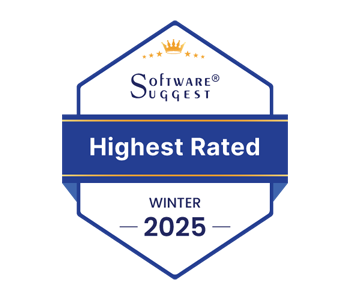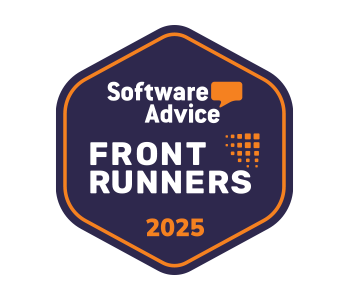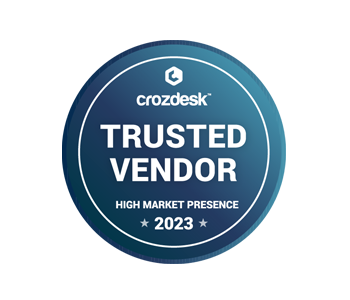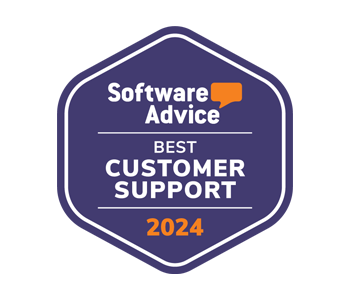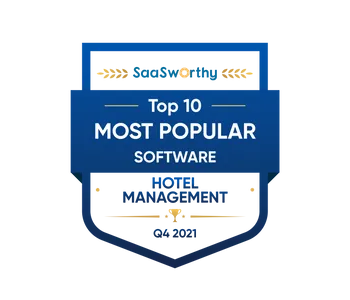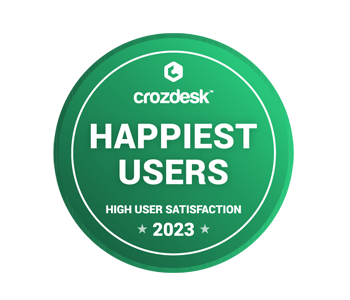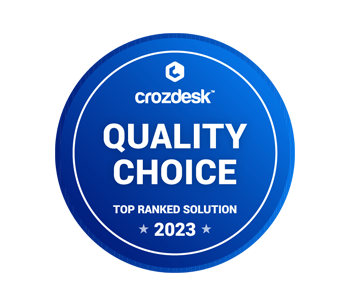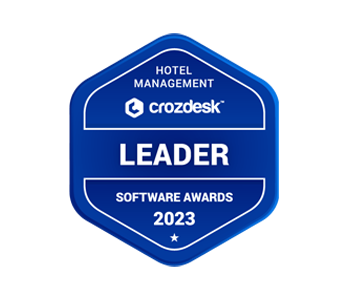When undertaking the difficult task of choosing a new property management system (PMS) for your hotel, a SWOT analysis can help put you on the right track from the get-go. By carefully considering all the implications of a new PMS and the various integrations available, you and your team can set your expectations and identify targets—while being prepared for any hurdles in the process. Stay tuned as we break down what a SWOT analysis is and how to conduct one for your hotel as you prepare for your new PMS.
Can you conduct a SWOT analysis if you already have a PMS? Absolutely! In fact, we recommend it, especially if you’ve been using one for a while. Why?
- New functions or features may be available since you installed your PMS.
- Your business may have evolved and your PMS can assist you in a way that wasn’t previously relevant.
- Maximize your PMS’ potential by deep diving into your business objectives and investigating how your PMS can support you.
- Investigate and prepare for any threats not previously considered.
What is a SWOT Analysis for Hotels?
SWOT stands for: Strengths, Weaknesses, Opportunities, and Threats. It’s a complete and efficient framework to analyze your overall business or specific projects and initiatives to help you identify the benefits while watching out for what could go wrong. As they say, if you fail to prepare, you prepare to fail. A SWOT analysis is your road map to success.
A SWOT analysis for your hotel can be used anytime you’re considering larger investments, such as updating furnishings, installing new technologies, and changing operational procedures.
Strengths, weaknesses, opportunities, and threats will vary from hotel to hotel, depending on market conditions, the hotel’s business mission, and its unique selling proposition. But let’s run through some examples to inform and inspire your hotel’s own PMS SWOT analysis.
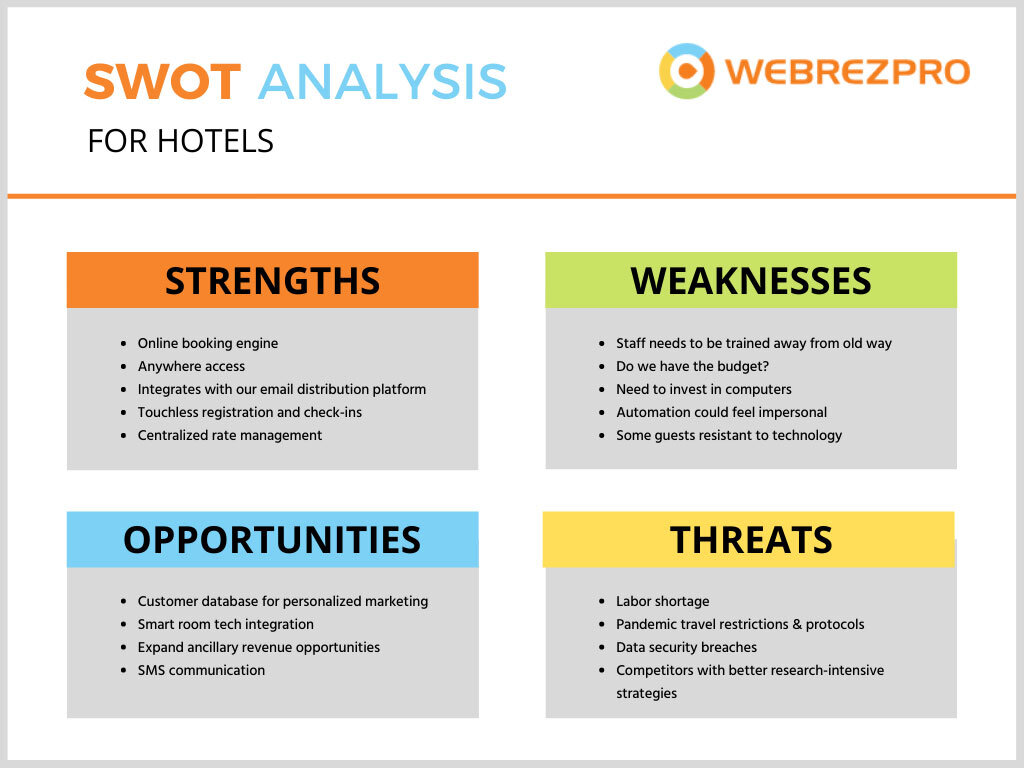
Hotel PMS SWOT Analysis Examples
To help conduct your own PMS SWOT analysis for your hotel, we’ve broken down each category and provided some examples. It’s by no means an exhaustive list and each hotel will have its own priorities and differences. Each section is simply to get you started. Afterward, we’ll provide some ideas about how to begin a SWOT analysis for your hotel and how to get others involved in the process.
Strengths: Identify the strengths the PMS affords your hotel, such as:
- User-friendly online booking engine grows direct bookings
- Anytime, anywhere access to software to manage hotel remotely
- Control all aspects of the business from one dashboard to streamline operations
- Real-time, mobile housekeeping report with checklists maximizes productivity
- Online registration/check-in lightens the workload and is loved by guests
Weaknesses: Identify any downsides to implementing the PMS or whether it is missing functionality that your hotel requires. Ask questions like:
- Is it cost prohibitive?
- Does it integrate with apps and software you’re currently using?
- Will there be a learning curve with current staff?
- Do you have a strong WiFi connection?
- Does the PMS provider offer sufficient support and training?
Opportunities: List opportunities for improvement or new opportunities for your hotel that your PMS could help with. It’s helpful here to identify external industry trends and how the PMS may be applied to give you a leading edge. For example, personalization is increasingly important in both customer service and hotel marketing.
- Use guest data to identify guest segments for targeted marketing campaigns
- SMS communication
- Surprise and delight initiatives to build loyalty and repeat bookings
- Automated email marketing for the full customer lifecycle
- Sustainability efforts and smart room tech integration
- Expand ancillary revenue opportunities
Threats: Threats are usually external from your hotel and occur outside of your control. Threats may include events such as the pandemic and loss of business, evolving technologies, and even hacking. You might go one step further to ask yourself (or your sales contact) how the PMS software can protect you from threats. An example of this may be that in the case of a pandemic, a PMS can help maintain sanitation standards through mobile housekeeping reports, and facilitate contactless transactions and remote management in the face of staffing shortages.
- Pandemic and natural disasters: investigate what challenges would arise under specific circumstances and question the ways a PMS may or may not support your hotel
- Economy: does the PMS support a framework for diversifying hotel revenues (i.e. vacation or activity packages) and rate management?
- Hackers: ask the PMS provider about preventative security measures and response plan for potential threats
How to conduct a PMS SWOT Analysis for your Hotel
You can create your PMS SWOT analysis yourself but you may get the most innovative and wider reaching results if you open this process up to your team. If the team is quite large, consider running SWOT meetings for different departments to gauge impacts across your business operations. At the end, you can take the high level results from each department to create an overall and broad perspective document.
Before you begin: Gather crucial metrics for your hotel used for measuring success. This will vary departmentally but could include Key Performance Indicators like revenue, occupancy rate, return on advertising spend, web traffic, and online sentiment. Don’t worry if you find your metrics are lacking – you can simply include that as one of your weaknesses!
Make it visual: When running a SWOT analysis in person or online, create a visual chart attendees can see, whether it’s a big white board or sharing your screen.
Explain the process: Tell attendees what SWOT stands for, what will be achieved, and provide examples to get the ball rolling. It may help to begin by sharing your hotel’s high level business objectives, mission, strategies, or pillars.
Brainstorm: To begin with, a SWOT should be a brainstorm with no wrong or right answers. After you’ve explained and provided examples for each category, concentrate on one category at a time. Invariably there will be answers that belong to other categories and that’s fine–simply add them in as they come up. One technique that works well for encouraging participation from everyone is to provide sticky notes for each individual to brainstorm at least one idea for each category, sticking them to the white board afterward. Take particular note of recurring themes! Walk through the ideas as a group to spark conversation and even more ideas.
Analyze: When all the work is done, it’s up to management to conglomerate ideas and decide on the most important considerations in each quadrant. Weighed against each other, you’ll see a clear picture of the opportunities a PMS can provide you with and if that outweighs the weaknesses that you’ve identified. If you already have a PMS, you will see if it is falling short or if it has capabilities that are underutilized, for example. Then, use this framework to identify your next steps, whether that’s to proceed with your investment or to further explore application integrations to exploit more opportunities.
When considering a PMS, you and your sales contact will likely discuss many of the questions raised within a SWOT analysis. However, the SWOT framework ensures no stones are left unturned and will help you see the full scope of your requirements while considering aspects beyond your control. It can help you choose the right PMS from the get-go, and then ensure you’re maximizing its potential.










